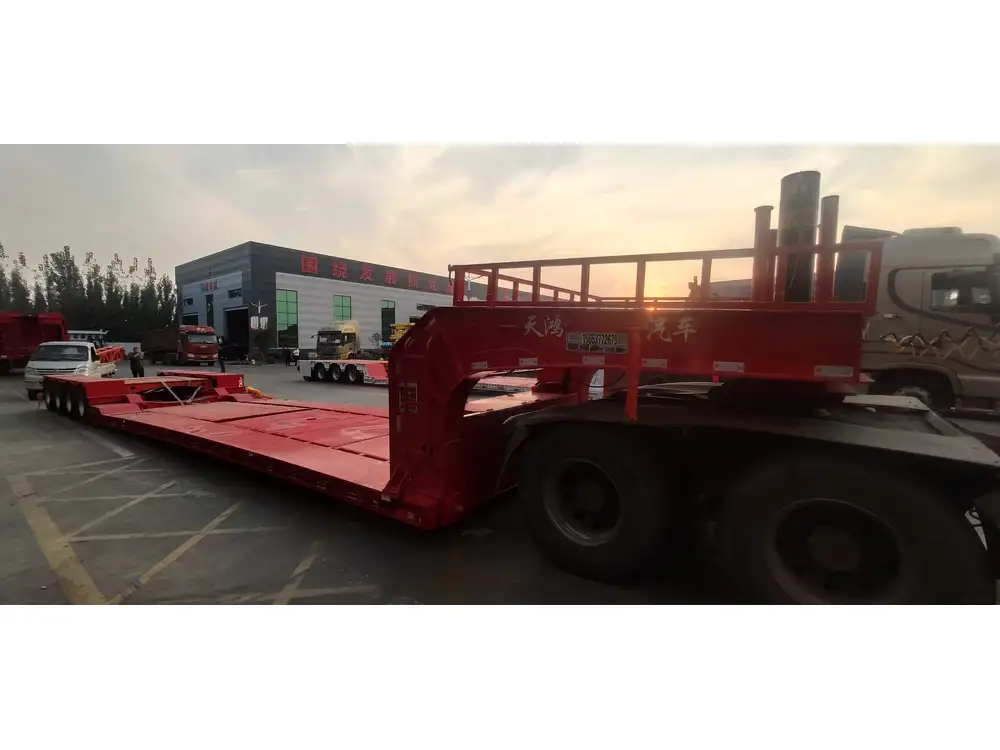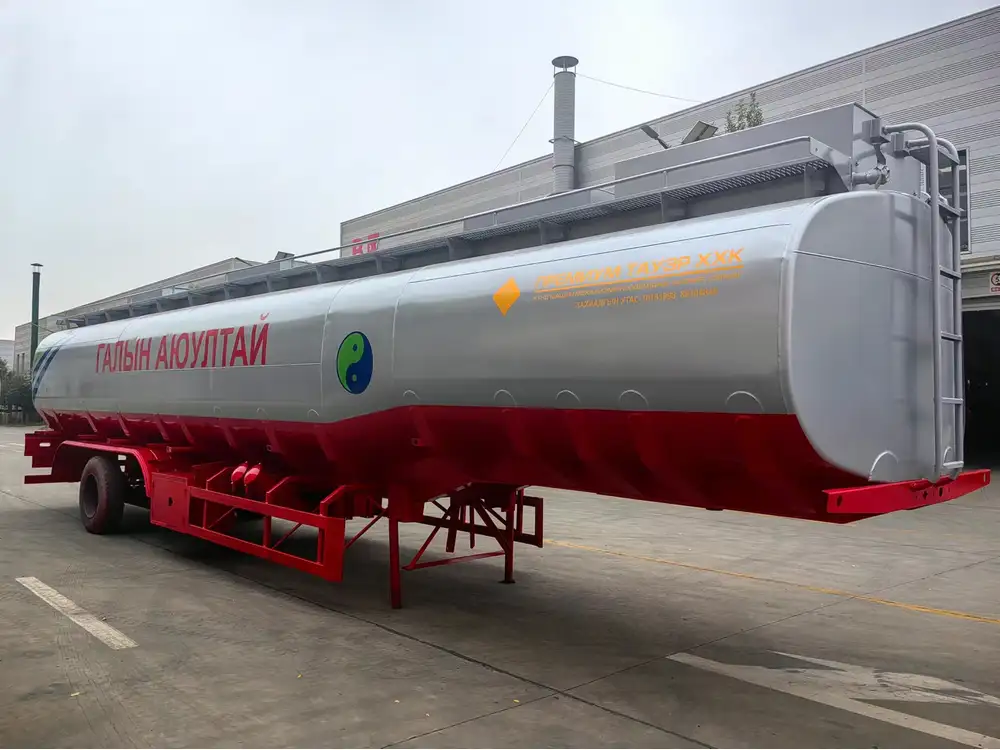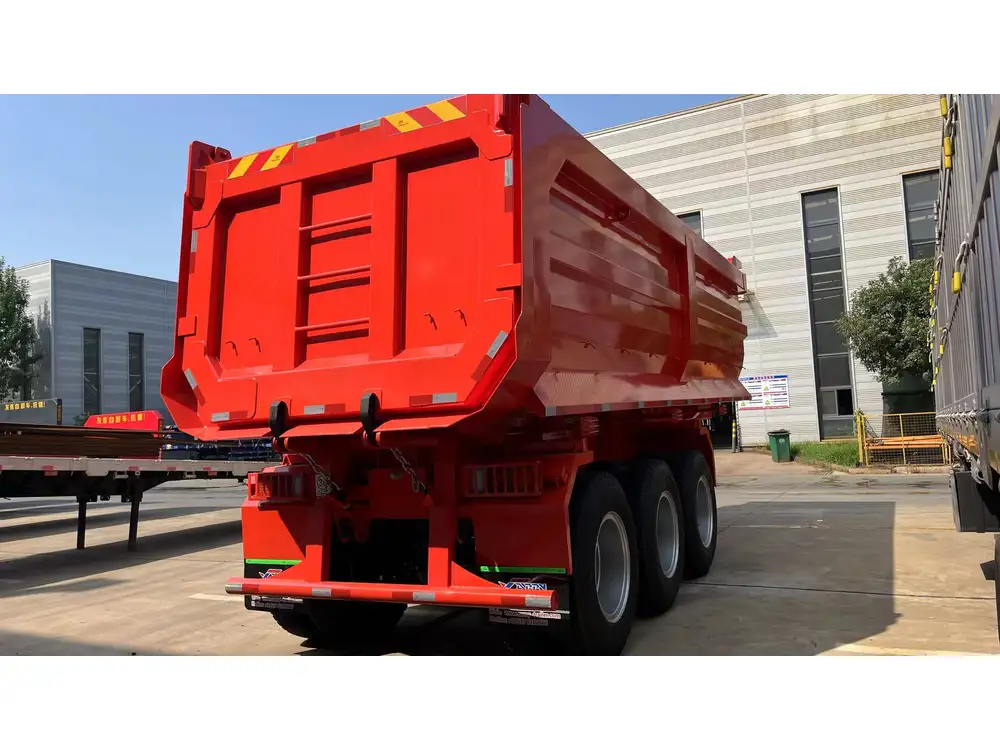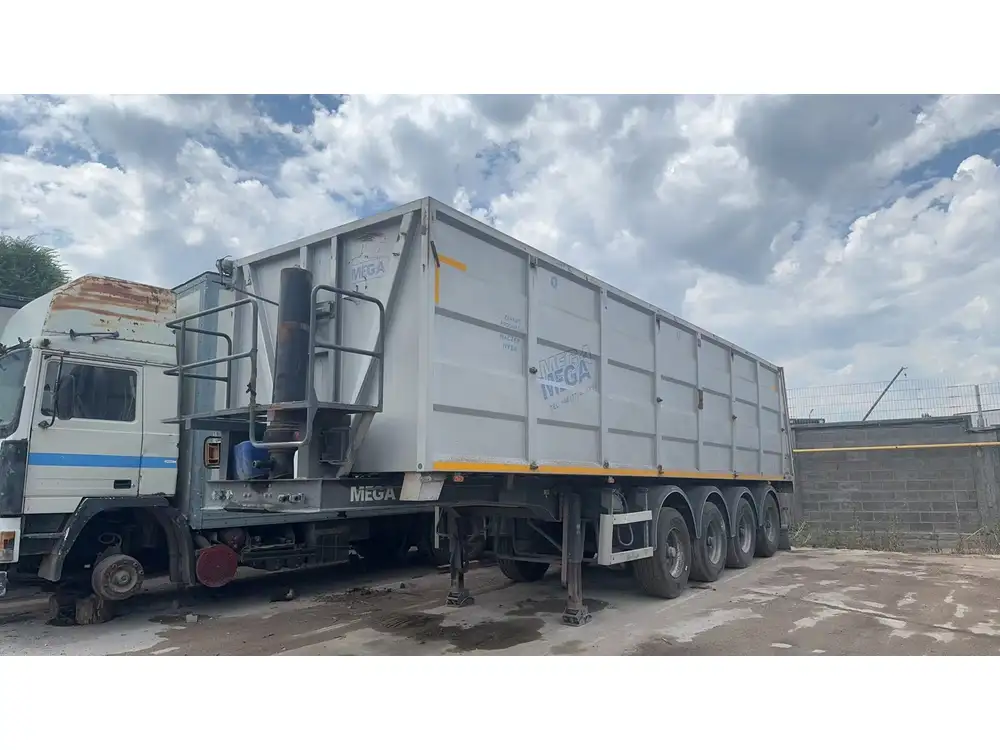Transporting your vehicle via flatbed trailer requires knowledge and precision. Whether you’re moving a classic car, transporting a non-running vehicle, or simply relocating across town, properly strapping your car is paramount to ensure safety. This guide elaborates on the procedures, tools, and techniques that guarantee secure transportation of your car on a flatbed trailer.
Understanding the Essentials of Flatbed Trailers
Flatbed trailers are versatile and widely used for transporting various vehicles, offering a stable platform that simplifies loading and unloading. Unlike enclosed trailers, flatbeds allow for straightforward access to vehicles, which is beneficial when dealing with oversized or uniquely shaped loads.
Types of Flatbed Trailers
Selecting the right type of flatbed trailer is crucial. Here is a brief overview:
| Type of Flatbed Trailer | Description | Ideal Use Cases |
|---|---|---|
| Standard Flatbed Trailer | Flat and open design with no sides or roof | General vehicle transport |
| Step Deck Trailer | Slightly raised deck with a lower deck section | Taller vehicles or equipment |
| Lowboy Trailer | Extremely low deck height for heavy machinery | Heavy loads requiring low clearance |
| Flat Deck Trailer | Flat bed with removable sides | Versatile and adaptable for various loads |

Tools and Equipment Required
Prior to strapping your car, ensure you have the necessary equipment:
- Ratchet Straps: Adjustable and strong, these are essential for securing the vehicle in place.
- Wheel Chocks: To prevent the vehicle from rolling while being loaded or unloaded.
- Dunnage: Wooden planks used for additional support and protection.
- Gloves: Protect your hands while securing the straps.
- Endless Loop Straps: These can be useful for added security around the tires.
- Safety Chains: Used as a secondary connection between the car and the trailer.
Step-by-Step Guide to Strapping a Car to a Flatbed Trailer
Step 1: Prepare the Flatbed Trailer
Before loading the car, ensure that the flatbed trailer is in excellent condition:
- Inspect the Trailer: Check for any structural damage, rust, or defects.
- Clean the Surface: Remove any debris that could interfere with strap placement or compromise vehicle stability.
- Position the Trailer: Select a flat surface for loading, ensuring it is level to avoid mishaps.

Step 2: Loading the Vehicle
- Align the Vehicle: Drive or carefully winch the vehicle onto the trailer, centering it over the trailer’s axles for optimal weight distribution.
- Use Wheel Chocks: Immediately place wheel chocks behind the rear tires to prevent movement.
Step 3: Securing the Straps
Choose Strap Points: Identify secure points on the car for strapping. Typically, these are the factory tie-down points or designated areas on the vehicle frame.
Attach the Ratchet Straps:
- Front Tie-Downs: Attach the first ratchet strap to the front of the vehicle. Secure it by looping it through the tie-down spot and connecting to the trailer.
- Rear Tie-Downs: Repeat the process for the rear, ensuring that straps cross over each other for added stability.
Adjust the Tension: Tighten the straps using the ratchet mechanism. Be sure not to overtighten, which could cause damage to the vehicle’s frame.
Double Check the Connections: Make sure all connections are tight and that the straps are not rubbing against sharp edges.
Step 4: Adding Extra Security
For added safety:
- Use Endless Loop Straps: Wrap these around the tires for extra stability if the vehicle is particularly heavy or unstable.
- Attach Safety Chains: These provide a backup in case the main straps fail. Always connect them to a solid part of the trailer and vehicle.

Step 5: Conducting a Final Inspection
Once everything is secured, perform a thorough inspection:
- Check Strapping Alignment: Ensure that no straps are twisted or under excessive tension.
- Verify Wheel Chocks Are in Place: Confirm that the chocks are secure, minimizing any chance of roll.
- Test the Bond: Gently shake the vehicle to ensure it does not shift. If it does, readjust the straps.
Important Considerations When Transporting
Transporting a vehicle involves adhering to regulations and best practices. Here are important considerations to keep in mind:
Weight Distribution
Proper weight distribution is crucial for road safety. Ensure that the vehicle is centered on the trailer to prevent instability while driving.

Legal Requirements
Familiarize yourself with local laws regarding vehicle transportation:
- Check maximum load limits.
- Ensure that your trailer is registered and insured.
Weather Conditions
Weather changes can significantly impact vehicle transport. Plan your trips accordingly to avoid extreme conditions that may increase risks.
Common Mistakes to Avoid
In the realm of vehicle transportation, certain pitfalls can arise. Here are some common mistakes and how to circumvent them:

Overlooking Strap Quality
Using worn or low-quality straps can lead to accidents. Always inspect your straps for frays or defects before use.
Neglecting Load Balancing
Failing to balance the load can lead to swaying while driving. It’s essential to consistently check that the vehicle remains centered on the trailer.
Skipping Protocols
Rushing through the strapping process is a common error. Always adhere to every step methodically, double-checking connections and tension.

Ignoring Rear Visibility
Ensure that the vehicle does not block tail lights or license plates on the trailer, as this could lead to legality issues.
FAQs About Strapping Cars to Flatbed Trailers
How tight should the straps be?
Straps should be tight enough to prevent movement without over-tightening, which could damage the vehicle or straps.

Can I use regular rope instead of ratchet straps?
Ropes are not recommended for securing vehicles due to their variability in tension and lack of sturdiness compared to ratchet straps.
What if the vehicle has low clearance?
Utilize a step deck or lowboy trailer to accommodate vehicles with low ground clearance, ensuring that loading is safe and manageable.
Do I need a special driver’s license for a flatbed trailer?
While it depends on local laws, generally, a standard driver’s license suffices unless the trailer exceeds a certain weight.

Conclusion
Successfully strapping a car to a flatbed trailer involves thorough preparation, correct technique, and an understanding of safety protocols. Following this detailed guide, from choosing the right trailer to securing the vehicle appropriately, will not only facilitate smooth transport but also help avoid potential accidents and damages.
By implementing these best practices, we can ensure that vehicles remain secure during transit, keeping not just the vehicle and trailer safe, but also all road users. Remember to continually educate yourself and stay informed about the latest regulations and techniques in vehicle transportation to enhance your skills and ensure optimal safety.



